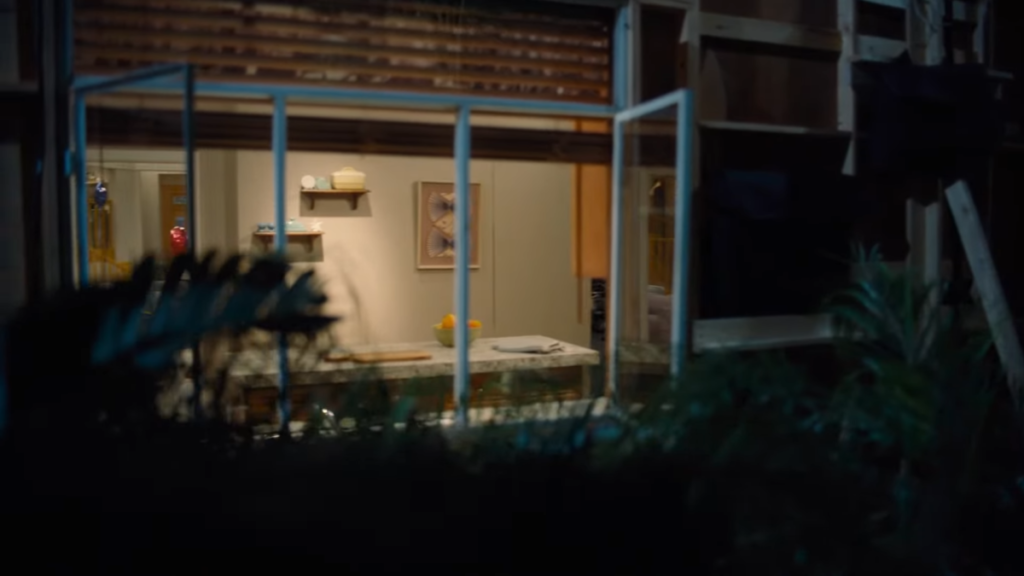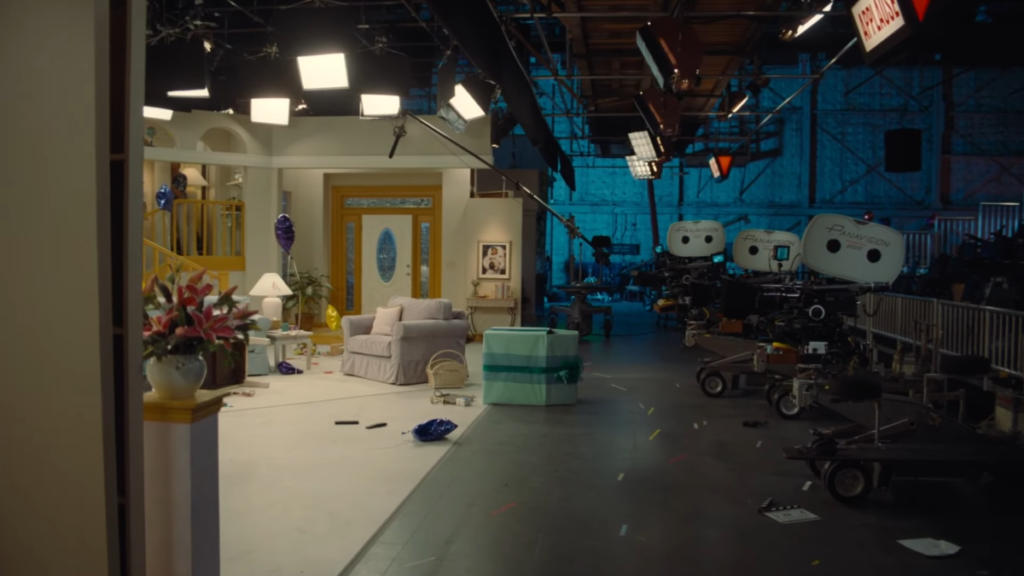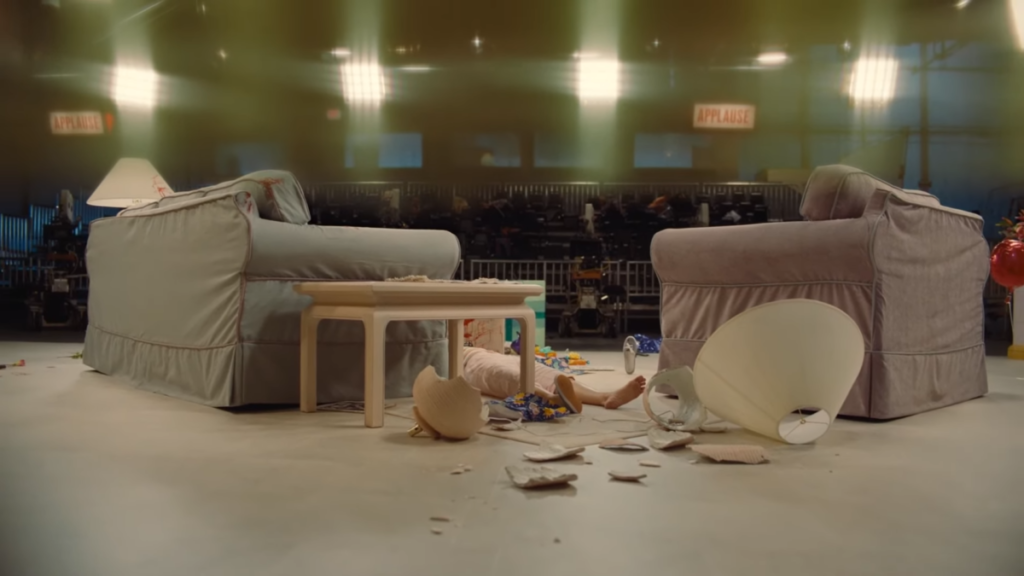Nope is a genre-defying movie described by most as a sci-fi thriller/Western. But Jordan Peele, the film’s director, wanted to make the film a “spectacle” about “the great American UFO story,” and a “horror epic.” It’s hard to place Nope in just one category, as it blurs the lines between various different genres. I think that Nope overstepping the boundaries of classic genres, as well as the narrative of OJ and Emerald, makes Nope an ode to cinema and filmmaking. Peele also explores themes of exploitation and erasure of Black contributions and lives through Nope, a similar thread that connects to his other films, Get Out and Us.

The film establishes Otis Junior (OJ) and Emerald (Em) Haywood as descendants of Alistair E. Haywood, the first Black actor and animal trainer shown on film. Although the Haywoods are unfortunately fictitious, the story of The Horse in Motion by Eadweard Muybridge being termed “the world’s first bit of cinema” is very true. Sadly, the identity of the Black jockey riding the horse is still unknown today, pointing towards the erasure of Black people since film’s inceptions. In an interview, Peele said, “In a lot of ways, the movie [Nope] became a response to that first film.” However, OJ and Em seek to change that status quo of erasure. They’re determined to make their mark on the world with their “Oprah shot” of the alien, who OJ has nicknamed Jean Jacket. Documentation of Jean Jacket is critical because if it isn’t captured on film, it’s as if it doesn’t exist. Reality seems to be contingent on film. For the two siblings, getting Jean Jacket on film wouldn’t just mean having proof that aliens were real; it would finally cement the Haywood family’s rightful place in Hollywood history, a position they should’ve had centuries ago when Alistair Haywood made his way into The Horse in Motion as history’s first movie star.
The art of filmmaking makes its way into Nope through various ways throughout the movie as well. The film chooses to introduce OJ and Em’s job on the set of a movie, showing the hectic environment of a set and the bustling crew trying to get the perfect scene. There’s a green screen behind OJ and his horse Lucky, and we even get a glimpse at the CGI horse figure they’ve replaced Lucky with after the horse accidentally gets spooked. We also see the set where Gordy’s Home, the sitcom Jupe starred in as a child, was filmed when Gordy’s accident occurred. The film briefly shows the sitcom episode being filmed leading up to the accident; we see the actors of the sitcom accidentally break character, then try to film another take. As we hear the chimpanzee wreak havoc on set, the camera snakes through the set behind prop trees, displaying the bare back of the fake house being used as the setting of Gordy’s Home, and shows the various cameras, screens, and lights used to film the show. The eerily empty section where the live audience is usually seated and even the “Applause” signs still blinking in midst of the incident are also displayed behind Gordy’s destruction. These two sets offer a look into filmmaking that the audience is usually unaware of; movies and TV often try to evoke a sense of reality, but Nope provides an interesting perspective of the artificiality of making something seem so real.



The most pivotal moment of filmmaking emerges when OJ, Em, Angel, and Antlers try to film Jean Jacket by luring it out. We see the four set up multiple cameras from various angles to try to capture the “Oprah shot,” and we also get a better insight into traditional filmmaking. Antlers uses a hand-cranked IMAX film camera to avoid Jean Jacket from interfering with the camera’s electronics, and when he runs out of film, Angel scrambles to reload new film into the camera. However, Antlers’ love for filmmaking and his obsession with the “impossible shot” leads to his own demise. He runs out with his camera towards Jean Jacket, recording the alien the entire time as he’s whisked up into the alien’s gaping mouth.
Nope combines so many different genres of movies; on one hand, it’s a Western focusing on the civilized (humankind) and the wild frontier (aliens). It focuses on taming and conquering the wilderness, just as OJ wants to break Jean Jacket’s spirit. On the other hand, Nope is a science-fiction movie, dealing with extraterrestrial life forms that want to wreak havoc on life on Earth. Jean Jacket is a relentless predator, devouring Jupe, his family and staff, and the audience of his theme park when Jupe attempts to lure it out. Nope can also be seen as a horror/thriller movie, with plenty of moments to make the audience jump in their seats. Em can be seen as the prototypical “last girl standing,” a trope that has appeared time and time again in horror movies. Near the end of the film, it is up to Em to defeat Jean Jacket while capturing it on film, and she emerges victorious. In essence, Nope embodies Peele’s appreciation of cinema by giving filmmaking and filmmakers a crucial role in the movie itself and by integrating elements of various movie genres in creative and unprecendented ways.